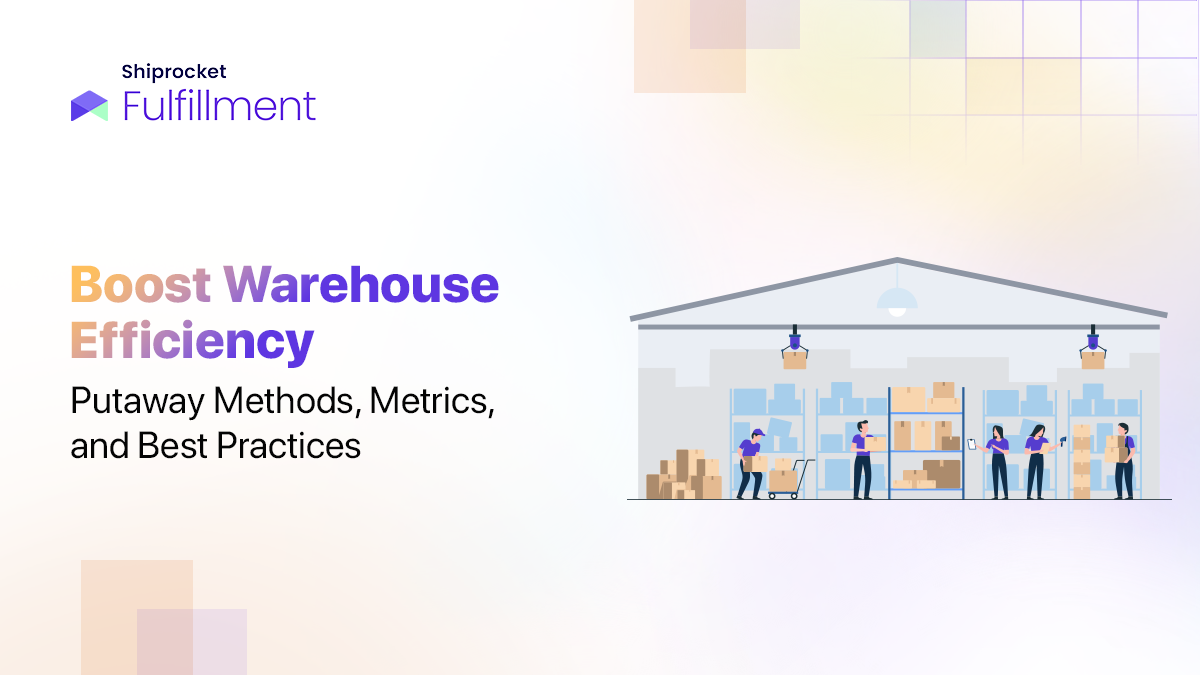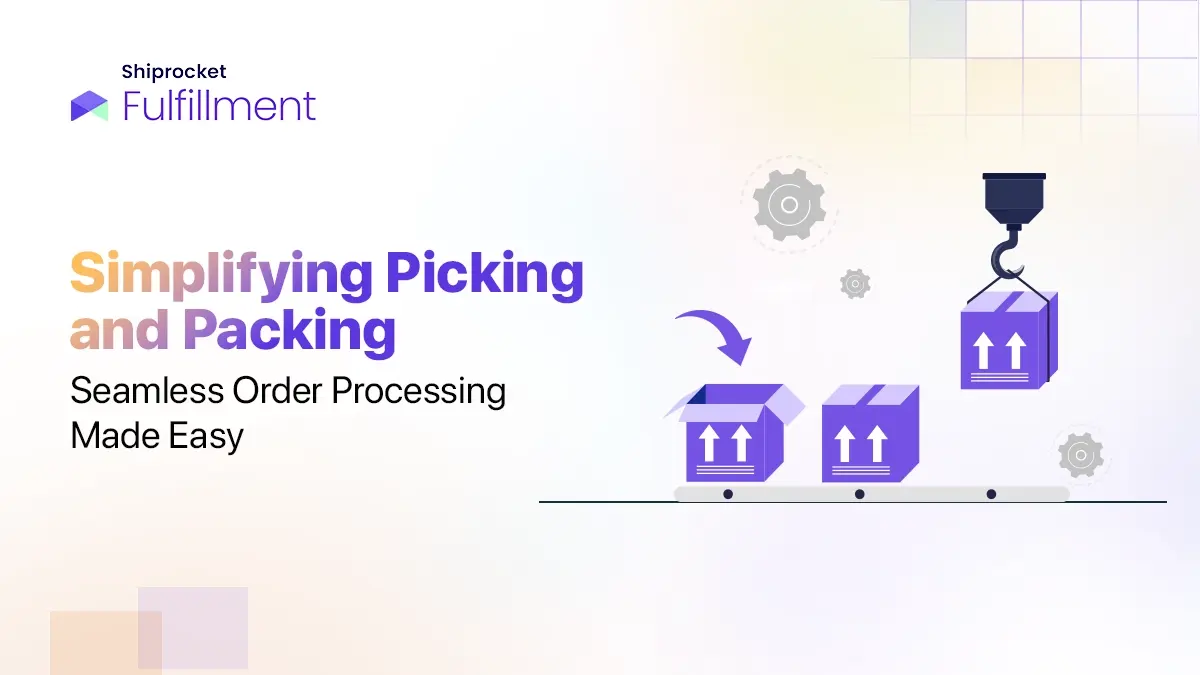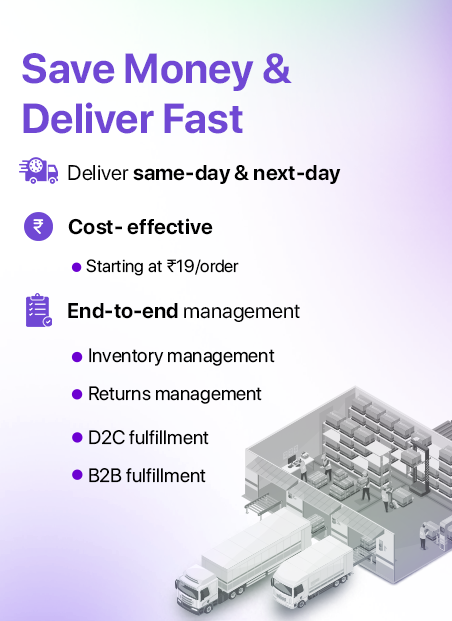The inventory hold for your business is one of the essential capital you have. It is what runs your business, and you need to be aware of its expenses and operations at all times. Even though inventory is essential for your business, it can also be one of the most challenging liabilities if you do not take care of the money you spend on it.
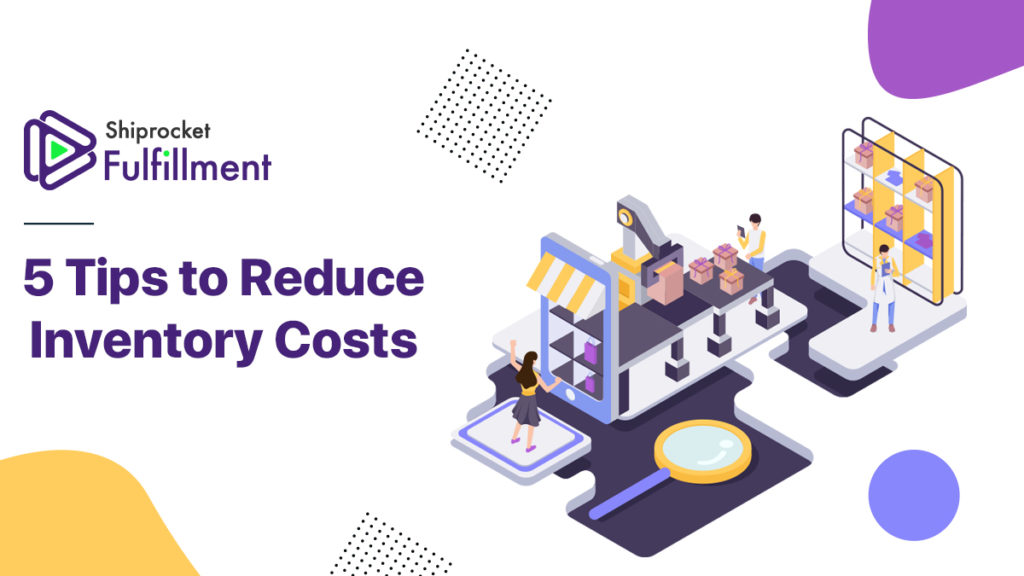
Monitoring your inventory is essential as it can incur many excess costs in storing and processing it. This is what is known as inventory costs, and it is necessary to reduce your inventory cost to run your eCommerce business successfully and profitably.
Let’s look at what inventory costs are, their types, and how you can reduce them for your eCommerce business.
What are Inventory Costs?
Inventory costs referred to the total costs associated with inventory management for any eCommerce business. These include sourcing costs, storing costs, processing costs, carrying costs, etc. Since inventory is critical and comprehensive, sellers tend to spend a lot of their capital on managing inventory rather than optimizing it.
Inventory costs can increase exponentially if the inventory is not moved quickly. The carrying costs can eventually add up and cause considerable harm to your business. Let’s look at the different types of inventory costs and how to reduce them.
Types of Inventory Costs
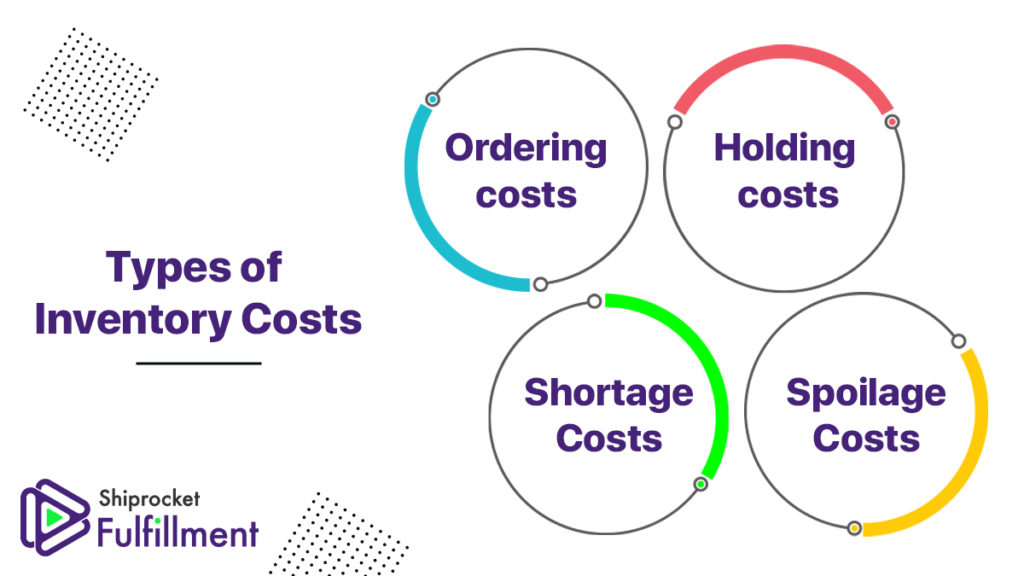
1. Ordering costs
Ordering cost referred to the setup costs that are incurred whenever you place an order from your supplier. These refer to the sourcing costs and the money you spent on procuring the goods you want to sell.
2. Holding costs
Holding cost is also known as carrying cost and is known as the costs you incur for storing the products before they are sold. These include storage space costs, service costs, financing costs, etc.
3. Shortage Costs
These refer to the stock out costs and are incurred when you run out of inventory and need to source extra for making sales. This could come off due to destructive production, emergency shipments, etc.
4. Spoilage Costs
Lastly, spoilage costs refer to the money that you spend when the inventory you have stored is spoiled or damaged. This is mainly applicable to perishable inventory like food, cosmetics, pharmaceuticals, etc.
How Can You Reduce Inventory Costs?
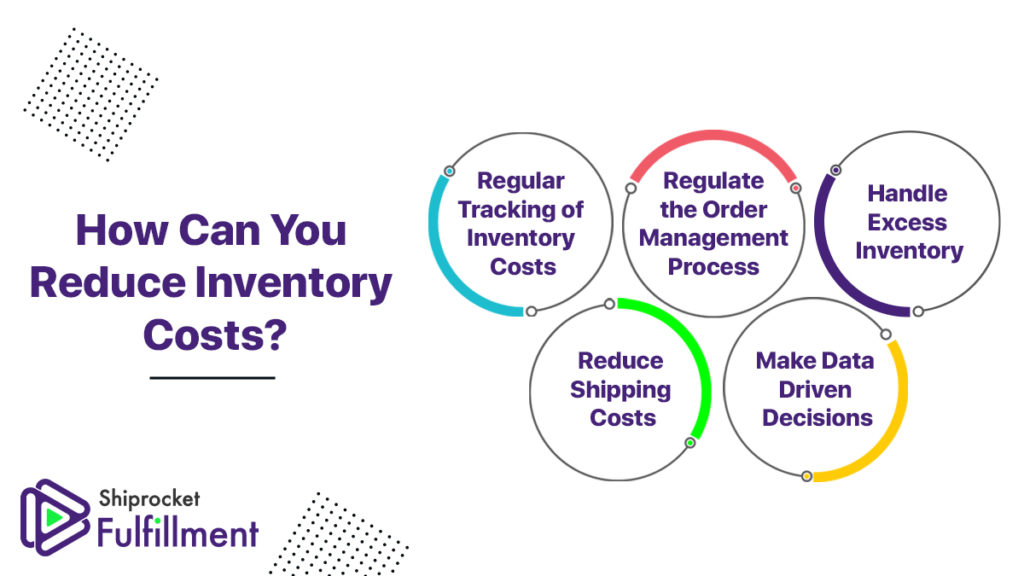
Regular Tracking of Inventory Costs
You are tracking your inventory costs regularly instead of just estimating them. Inventory carrying cost can account for many expenses, including the cost of deterioration, taxes, administration cost, capital, labor cost, etc. Along with this, other hidden costs are usually not taken into account. Regular tracking of inventory costs can help you stay up to date with the total expenditure, and you can optimize your operations and expenses accordingly.
Regulate the Order Management Process
The order management system and inventory management operations must go hand-in-hand. If the sync between these operations is broken, either your inventory or order processing will suffer. Keep a thorough track of your customers and the ongoing orders so that you can move your inventory accordingly. Also, a sorted order management process will help you forecast demand so you can purchase stock, therefore.

Handle Excess Inventory
Storing excess inventory can be much more harmful to your business, as you will have to pay more for the storage and handling costs of these products. Your carrying costs will directly be impacted. If you have excess inventory, you can either return it, run sales to sell them off at cheaper prices, or ship them to your different warehouses. This will help you eliminate any excess inventory and save on additional carrying costs.
Reduce Shipping Costs
Expensive shipping costs also add to your eventual inventory costs. Try to ship with a solution that offers you multiple courier partners so you can ship products faster. With a strong distribution network, you will be able to quickly get rid of your inventory and keep it fast-moving.
Make Data-Driven Decisions
Utilize the data you get from order management and inventory management systems to make insightful decisions. Don’t base your forecasts and decisions on estimates. Analyze the results and information you get from automated system analytics. Apply predictive analytics to see your future predictions and develop innovative solutions to invest in the stock. Come up with techniques to not order too much inventory and also avoid the problems of a stock out situation.
Conclusion
Monitor your inventory costs regularly to assess where you spend most properly. Gauge weak spots and come up with solutions to tackle any roadblocks that come your way. Spend wisely and optimize your inventory management systems to make sure that you can reduce your inventory costs and optimize operations further on.


